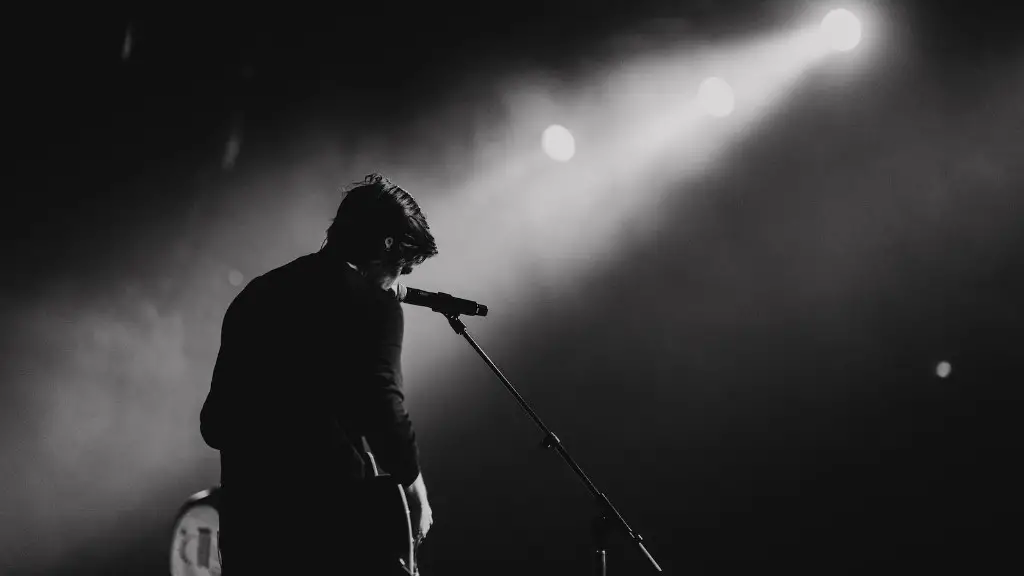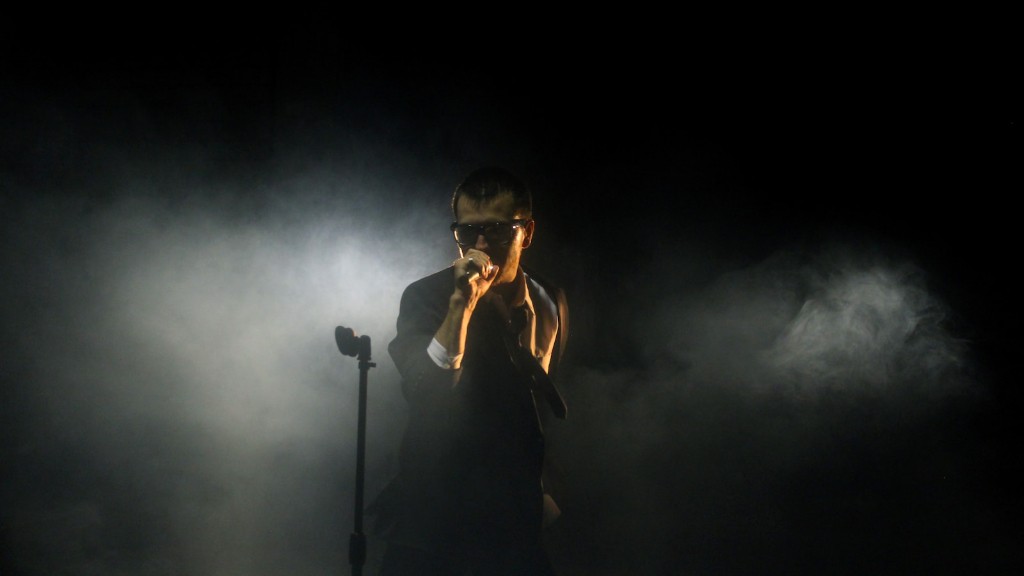How To Draw A German Shepherd Step By Step
Ready to take your doggy-drawing skills to the next level? Drawing a German Shepherd can be intimidating, but with some practice and an attention to detail, you can bring your pup to life in no time. Before you pick up your pencil, take some time to learn a few basic tips and tricks, and you’ll be an artist in no time. Here’s a step-by-step look at how to draw a German Shepherd.
First, start by sketching the outline of the German Shepherd. If this is your first time drawing a dog, it’s a good idea to map out your pup on paper first. Sketch lightly with a pencil so you can erase and make small adjustments easily. Start from the head and neck, then move onto the body and hind legs. Don’t forget to add the tail and paws.
Next, use the basic outline to add shape and dimension to the German Shepherd’s body. With a few simple lines, Begin to define the shape of the head, as well as the face and muzzle. Then add details like the eyes, ears, and nose. From here you can start to add in the fur, working from the neck down the back and tail.
Then, use a thicker pencil or black pen to add texture and depth to your drawing. Start by drawing individual hairs that swoop outward from the body. Include the distinctive undercoat found on the chest and belly of the German Shepherd. Be sure to add the signature bushy tail with a few arrows and curved lines.
Finally, add the last few details to finish up your German Shepherd drawing. Use fine lines to sketch the claws on the paws, and don’t forget to color in the eyes and nose. Now you can stand back and admire your masterpiece!
1. Drawing the Outline
You may be thinking, Where do I start? Drawing a German Shepherd can seem intimidating, but even if you are a beginner, you can create an impressive pup with only a few simple lines! Begin by sketching the outline of your pup. German Shepherds have an iconic shape, so it’s important to correctly map out the body at the start. Use a light, barely visible pencil line so you can easily adjust your drawing and make adjustments.
Start by drawing the head, neck, and body. The head of the German Shepherd should be a long oval shape. Then, draw the muzzle and the ears. The muzzle should be thinner and longer than the head, and the ears can taper off at the ends. From here, draw the back and hind legs. Don’t neglect the tail, which should come out at a slight angle.
Now that you’ve got the outline of your pup, use thicker lines and a black pen to add even more definition to your drawing. To create a realistic pup, add more details to the body. Draw wider around the chest, and allow the back to taper off slightly towards the tail. The hind legs should be thicker than the front legs, and the tail should have a slight curve at the tip.
2. Adding Details and Hairs
Now that the outline is complete, it’s time to start filling in the details. Here’s where you can make your German Shepherd come to life! Start with the eyes and ears. German Shepherds have pointed ears that angle slightly upwards. Remember to leave a small line of white to indicate where the light is reflecting from the eye. Then move on to the nose and start to flesh out the shape of the head.
Now you can add the fur. German Shepherds have a thick, double coat that feels soft to the touch. Use a thicker pencil to create the appearance of individual hairs that sweep outward from the body. Don’t forget to add the distinctive undercoat found on the chest and belly. Add finer strokes around the muzzle and at the ends of the paws. Finally, give your pup a luscious, bushy tail with a few arrows and curved lines.
3. Blending In Colors
Most German Shepherds have a distinct black and tan coloration. To add a little color to your drawing, use a darker pencil or marker to blend in colors. Start with the darker colors, filling in the black areas of the coat. Then use lighter colors for the tan. You can also use the darker colors to draw in the contours of your pup, creating highlights and shadows. This will give your pup’s face and body a more realistic look.
To add even more depth to the fur, use a lighter color for the highlights. Add tiny strokes all over the body, creating a soft, fluffy appearance. Then blend in the colors, carefully blending the dark and light colors together. This will give your pup an almost three-dimensional look, as if it’s ready to jump out of the paper!
4. Finishing Touches
Nearly done! Be sure to add the finishing touches: the claws on the paws, the eyes and nose, and, of course, the signature bushy tail. Add sharper lines around the claws and use a finer pencil or pen to add the eyes and nose. Don’t forget to add tiny lines around the eyes and nose to give your pup a more realistic look. And for the tail, draw in the hairs that move outward from the spine. Drawing a German Shepherd can be a daunting task, but with a bit of practice and patience, you can easily create a realistic pup drawing.

